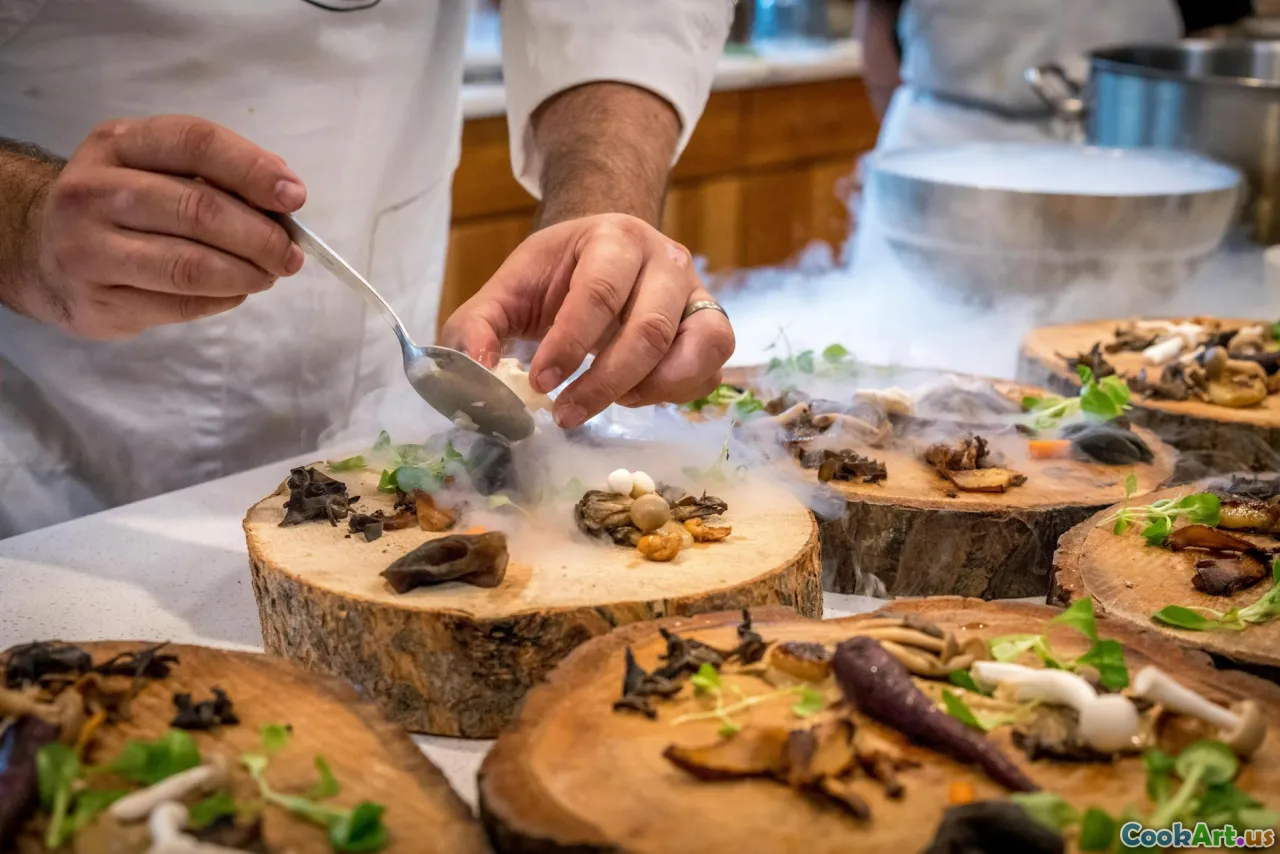Creating Depth with Cooking Techniques
5 min read Explore how to enhance your cooking by mastering techniques that create depth in flavor and elevate your culinary creations. April 06, 2025 02:45
Creating Depth with Cooking Techniques
In the world of culinary arts, depth of flavor can transform a mundane dish into a memorable meal. This article explores various cooking techniques that help in layering flavors, enhancing ingredients, and ultimately creating dishes that resonate with complexity and satisfaction.
Understanding Flavor Depth
Flavor depth refers to the richness and complexity of taste in a dish. It is achieved by combining various techniques and ingredients that complement each other. A well-crafted dish will have multiple layers of flavor, often characterized by the balance of sweetness, saltiness, bitterness, and acidity.
Techniques to Create Depth
1. Searing
Searing meat is one of the most effective ways to add depth. The Maillard reaction, which occurs when proteins and sugars in the meat are exposed to high heat, creates a rich brown crust that enhances the overall flavor. Ensure your pan is hot before adding the meat, and avoid overcrowding to achieve a perfect sear.
2. Building Flavor with Aromatics
Onions, garlic, leeks, and shallots are the backbone of many cuisines. Sautéing these aromatics at the beginning of your cooking process releases their natural oils and flavors, forming a solid base for soups, sauces, and stews. Consider adding herbs like thyme or bay leaves for added complexity.
3. Deglazing
After searing meat, the browned bits left in the pan (fond) are packed with flavor. Deglazing involves adding liquid—such as wine, broth, or vinegar—to the hot pan and scraping up the bits. This not only enhances the flavor of your sauce but also adds a depth that is hard to replicate by other means.
4. Layering with Spices
Different spices can be added at various stages of cooking to build depth. For instance, adding ground spices in the early stages can incorporate their flavors deeply into the dish, while fresh herbs added at the end can provide brightness and freshness. Experiment with spice blends like garam masala, ras el hanout, or za'atar for exciting flavor profiles.
5. Incorporating Acidity
Acidity is crucial for balancing flavors. Ingredients like vinegar, citrus juice, or even fermented foods can brighten dishes and elevate their taste. A splash of lemon juice or a drizzle of balsamic vinegar just before serving can make a significant difference.
6. Using Stocks and Broths
Instead of water, use homemade or quality store-bought stocks as a cooking liquid. This small change can add a richness and depth of flavor to grains, soups, and sauces that water simply cannot provide.
7. Slow Cooking
Techniques that involve long cooking processes, like braising or slow roasting, allow flavors to meld beautifully. The prolonged exposure to low heat breaks down tough fibers in meat and infuses the dish with deep flavors from spices and herbs.
Cultural Perspectives on Depth of Flavor
Different cultures have unique approaches to creating depth in their dishes. For instance, in Italian cuisine, slow-simmered sauces made with tomatoes, garlic, and herbs develop a complex flavor profile over hours. In contrast, Indian cooking often relies on a myriad of spices layered throughout the cooking process, where each step adds another dimension to the final dish.
Conclusion
Creating depth with cooking techniques is both an art and a science. By understanding how different methods interact with ingredients, you can elevate your dishes and impress any palate. Whether you are a novice cook or a seasoned chef, these techniques will help you infuse your cooking with complexity and richness that will make every meal unforgettable. Start experimenting today, and discover the incredible flavors that depth can bring to your culinary creations!









